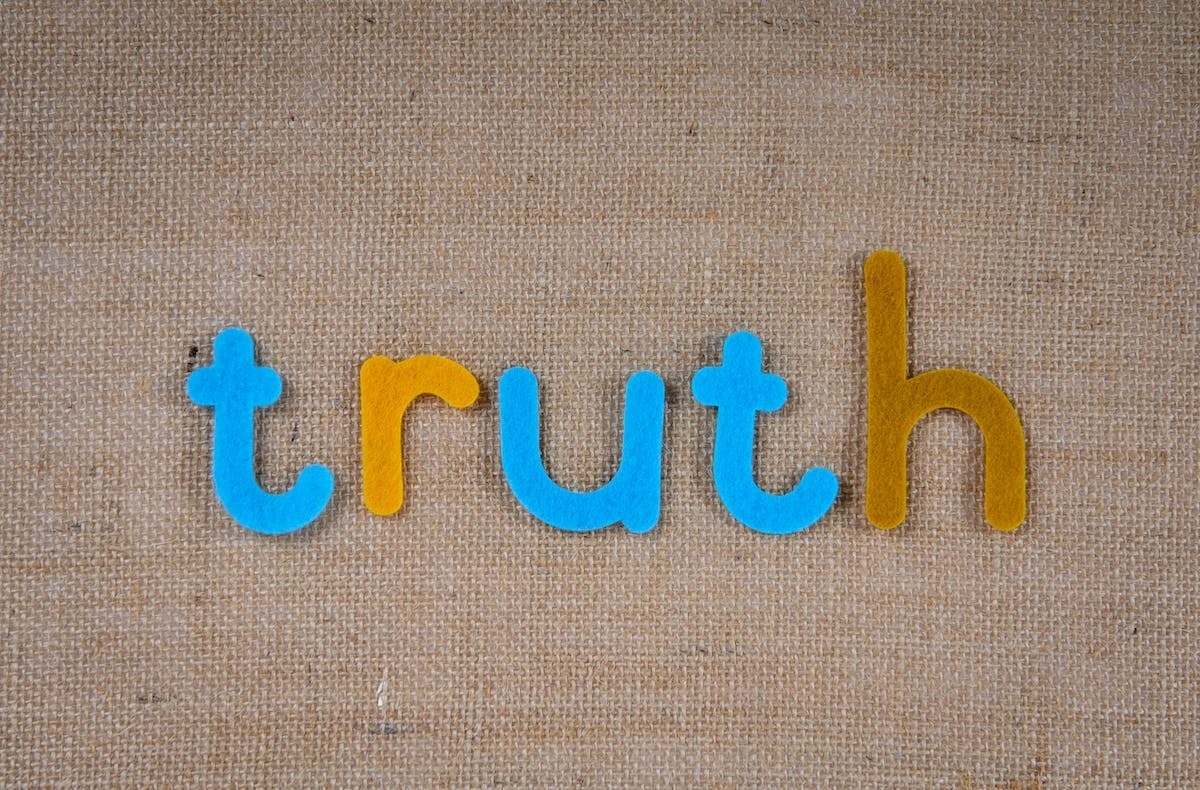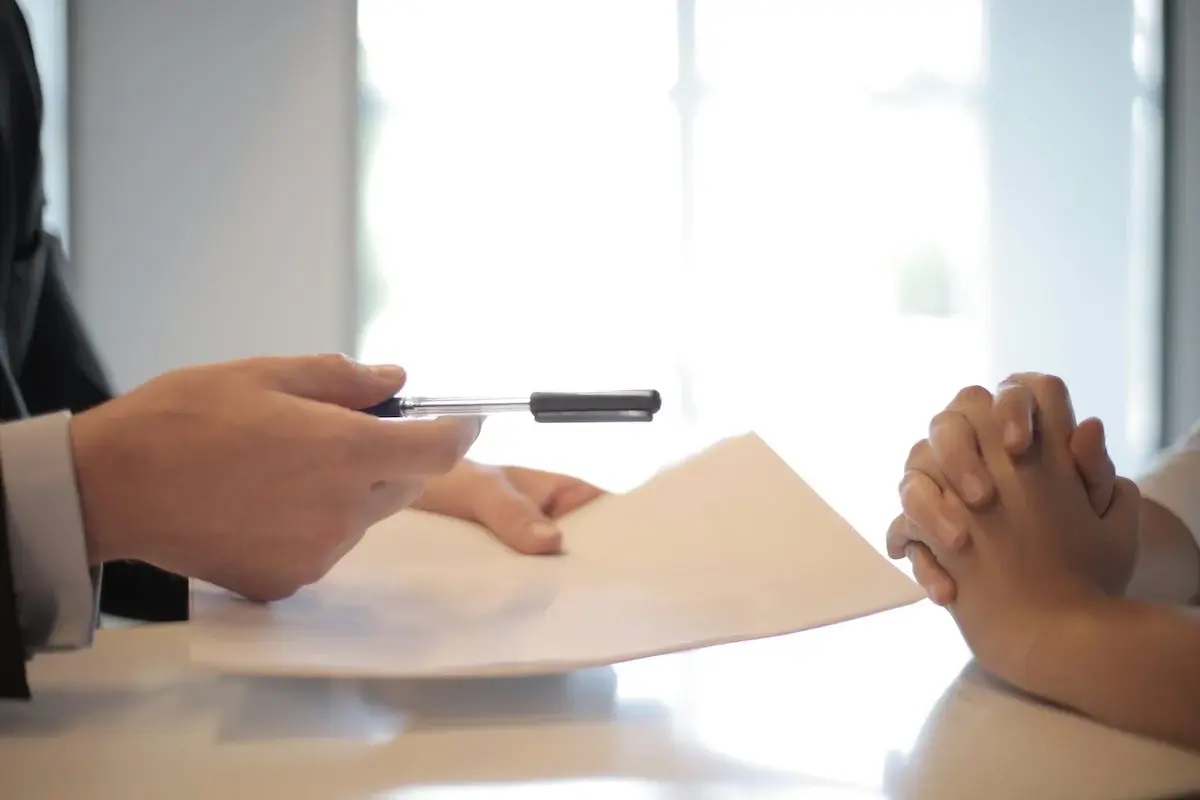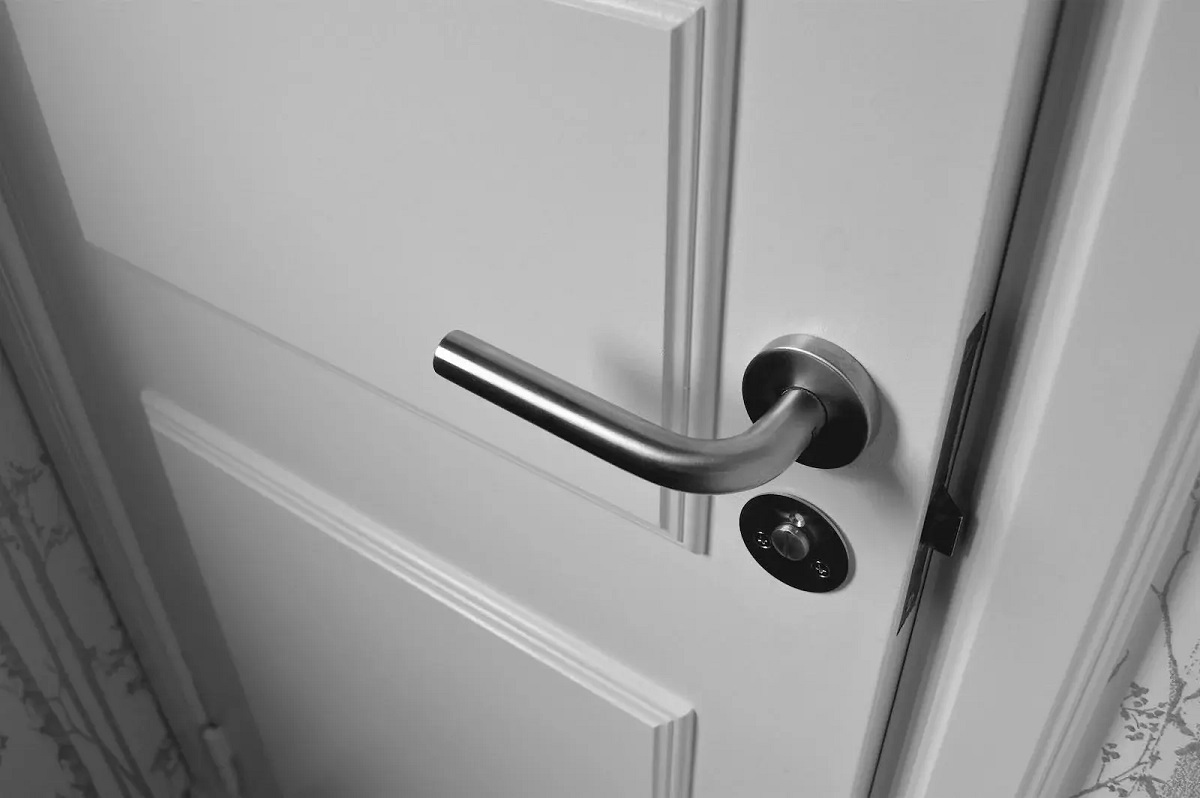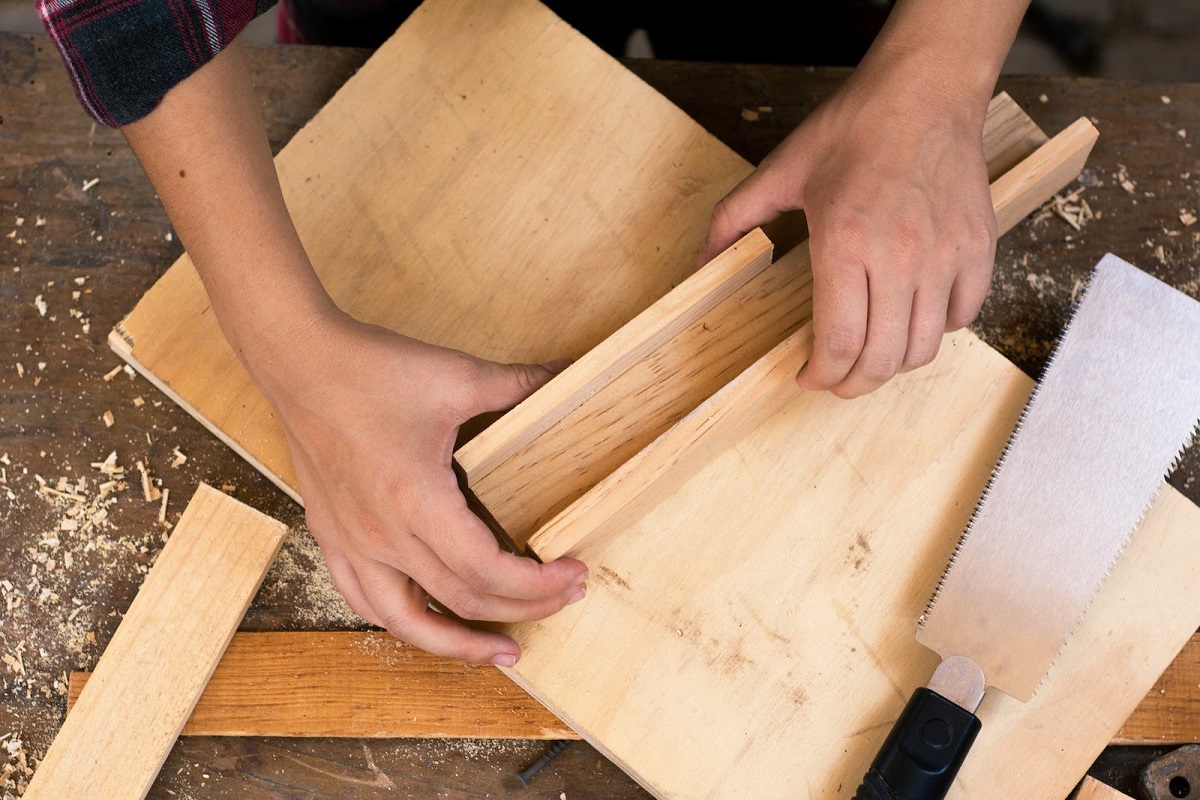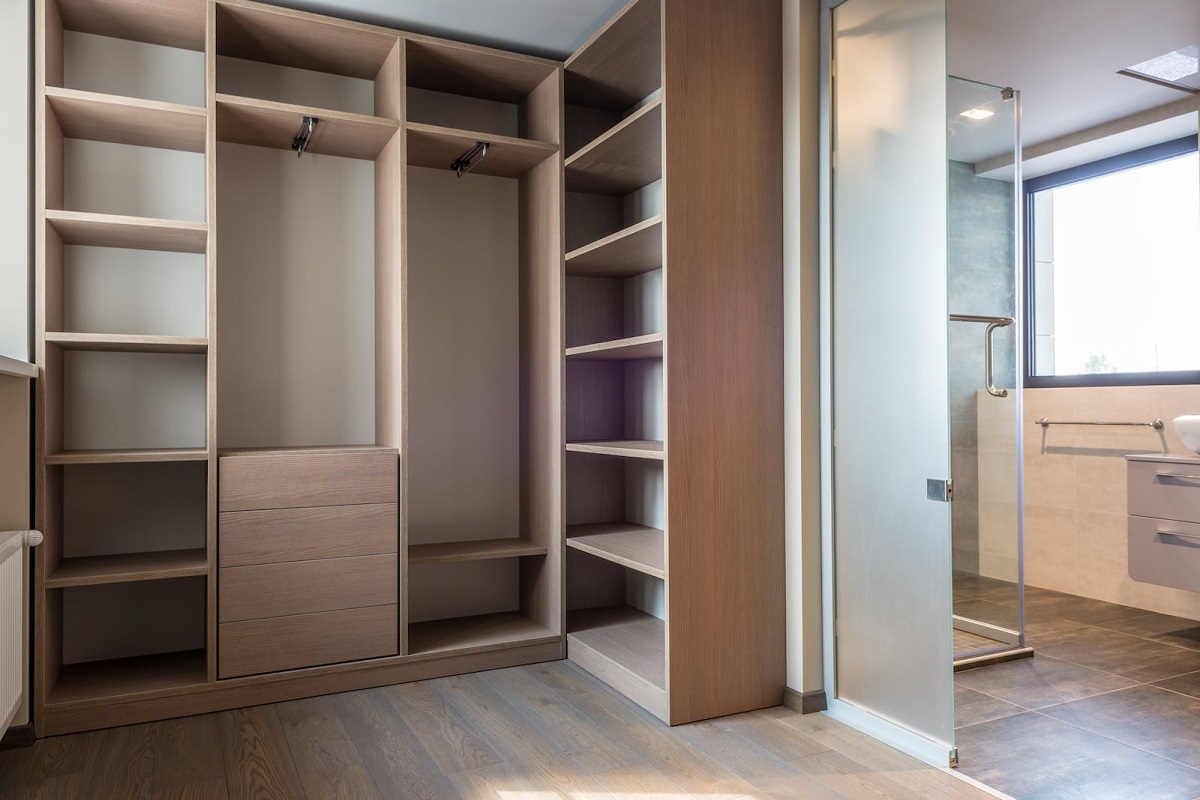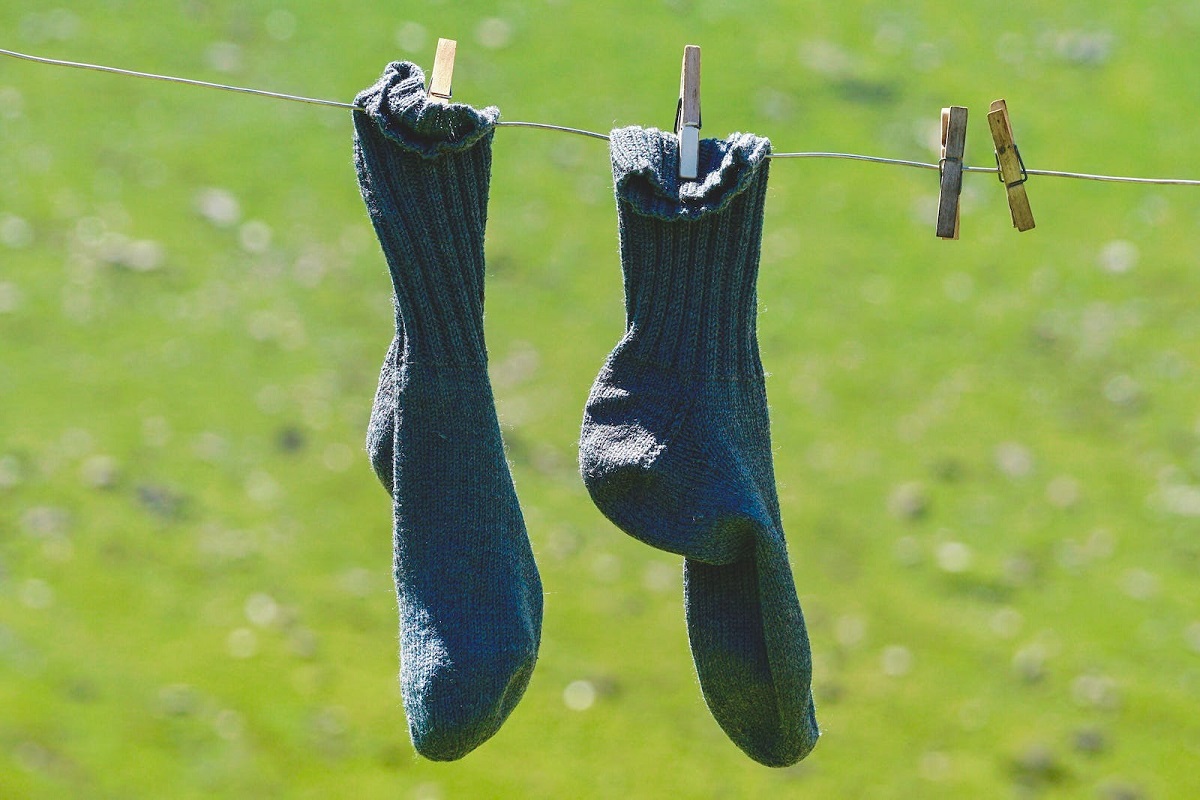
The many benefits of line drying laundry
___
Published Date 10/12/2023
It’s a scene out of an old movie; sheets and clothes waft in the breeze as a little pigtailed girl runs through them, her arms held wide as she breathes in the fresh smell of sunshine.
But wait. Could this simply be a scene from the modern day, and is this someone’s backyard? The Spruce’s Tai Massimilian talks about how line-drying your clothes outside (yes, we mean outside) is a great option while helping them last longer, smell fresher, and even become kinder to your skin, in addition to preserving the environment.
She says if you want to join Team Line Dry, follow her guide to line drying your clothes outside. How often should you indulge in this new practice? “The answer to this question depends on a few factors, including the weather, the type of fabric, and your personal preferences,” she says. “In general, most people line-dry their clothes a few times a week during the spring and summer months. If you live in a particularly hot climate, you may want to take advantage of the heat and do it more often.” She goes on to say that if you have lots of clothing made of fabrics that are prone to wrinkling, it may not be something you’d want to do as often. At first, then, experimentation is the ticket.
You’ll need a clothesline, some clothespins, and of course, an iron if wrinkles are not your thing. “Depending on your needs and goals, you may want to line-dry all your clothing or just a few pieces,” she says. “If you're unsure where to start, choose clothes that might shrink, pill, or otherwise be damaged in the dryer. Line drying is a great way to prevent damage to delicate pieces from the dryer's heat.” She does offer a caveat, however: Do not wash and line-dry any pieces you would send to the dry cleaner.
Your clothes can be draped or pinned to your clothesline. Pins help reduce the number of wrinkles and creases in your clothing, but if you prefer to hang items, make sure they are attached firmly but not too tightly, which will avoid wrinkles and ensure there is some give so your clothes don't stretch out.
Unlike the country song that describes leaving the “suds in the bucket and clothes hanging out on the line,” you can’t just abandon your clothesline and blow town. Unlike your drier, there is no button to push that automatically senses when some clothes are dry and others are not, so human touch definitely comes into play. “Check on your items periodically to see if they are ready to come off the line, are slipping, or need to be adjusted,” says Massimilian. “Some materials, like thin cotton t-shirts, will dry faster than others, such as thick wool sweaters. Be mindful of this and avoid leaving your colored clothes in the sun for too long, as this may cause discoloration.”
She advises once your items are dry, remove them and check for wrinkles or creases. “Some wrinkles will naturally fall out, but others may take a bit more coaxing. If the fabric is iron or steam-friendly, now is a good time to use one of those tools to put on some finishing touches.”
The benefits of line drying are many. Because the sun and wind work together to naturally dry them, you don't have to use any energy in the form of electricity. And while clothes dryers are a convenient way to get laundry done quickly, they can also be quite harsh on your clothes. The high temperatures and tumbling action can damage delicate fabrics, causing them to shrink or fade over time, making line drying a gentler alternative that can help your clothes last longer.
And no one will deny how differently your clothes will smell. Having used the sun's ultraviolet rays to kill bacteria, there is no mustiness and no trapped-in odors. “Just make sure you hang your clothes in a well-ventilated area and don't line dry your clothes while your neighbors are throwing a barbecue,” advises Massimilian.
Got sensitive skin? Then line drying is for you. Clothes dryers use high temperatures to remove moisture from clothes and in turn, cause irritation, redness, and itchiness. And dryer sheets can contain allergens, while line-drying clothes allows you to avoid this issue altogether. It’s also a great way to save energy and reduce your carbon footprint since clothes dryers are one of the biggest energy users in the home.
Line drying works best on very sunny, dry days—humidity will slow the process down. To optimize your efforts, wring out or spin your clothing before hanging them on the line. And if you can place your line in the sun, it helps speed up the drying process. UV rays come with some warnings, however. They can act as bleach on some fabrics. So whites are often the best choice, making them brighter and more fresh-smelling than ever.
TheSpruce, TBWS
All information furnished has been forwarded to you and is provided by thetbwsgroup only for informational purposes. Forecasting shall be considered as events which may be expected but not guaranteed. Neither the forwarding party and/or company nor thetbwsgroup assume any responsibility to any person who relies on information or forecasting contained in this report and disclaims all liability in respect to decisions or actions, or lack thereof based on any or all of the contents of this report.
DISCLAIMER: Any interest rates and annual percentage rates (APRs) contained in this publication are based on current market conditions and are for informational purposes only.
Unlocked rates and APRs are subject to change without notice and may have pricing add-ons related to property type, loan amount, loan-to-value, credit score and other variables—call for
details. Progressive Lending Solutions, Inc. Licensed in MN and WI.


Progressive Lending Solutions, Inc
Corporate
NMLS: 107620
Progressive Lending Solutions, Inc.
Corporate: 2277 Hwy 36 W, Suite 304, Roseville MN
Company NMLS: 107620
Office: 866-680-2840
Cell: 612-940-5230
Email: info@progressivels.com

Progressive Lending Solutions, Inc
___
Corporate
NMLS: 107620
Cell: 612-940-5230
Last articles
___

Homebuyers need patience as well as a strategy
5/28/2024
In some instances, buying a home in today’s market amounts to a lot more than ma... view more

What aspects of buying can homebuyers actually control these days?
5/17/2024
This market. Call it what you will, because today’s homebuyers no doubt have all... view more

Put a cork in it. Why not?
5/7/2024
It may just be one of the best-kept secrets around when it comes to renovating o... view more

Downsizing after retirement: A decision best made with careful consideration
4/16/2024
Retirement can be a happy time. Earning downtime not steeped in paychecks and li... view more

The latest in real estate fraud: Forgeries expertly aided by computer technology
4/5/2024
This new huckster practice is known as deed fraud or home title theft. It involv... view more

Water in your home: Like water under the bridge or a cut above?
4/2/2024
When poet Samuel Coleridge was speaking of water being everywhere without a drop... view more
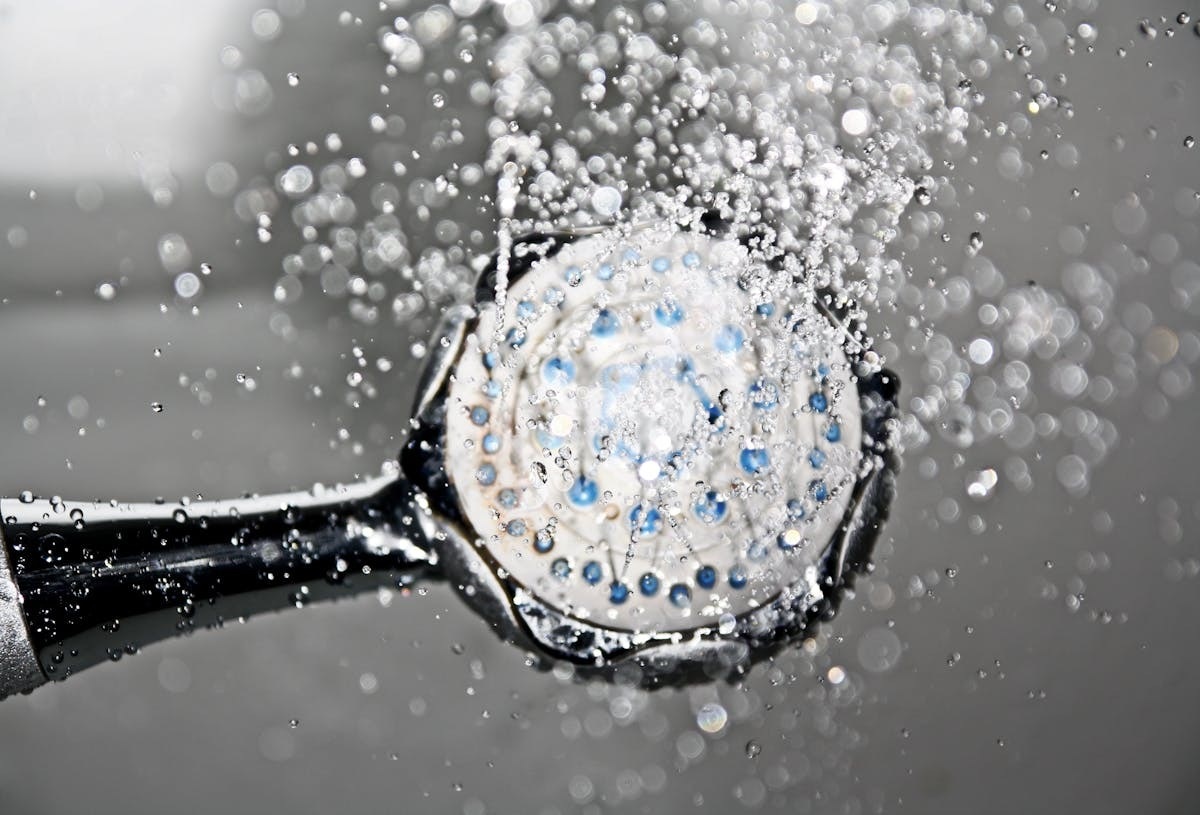
Great water pressure is no accident
3/26/2024
Water pressure is a big deal. Where we want it most, however, is in our homes, s... view more

Springtime open houses and quick decisions
3/11/2024
Things are looking up for real estate lately. Those who report the numbers are t... view more
Load more
 Progressive Lending Solutions, Inc.
Progressive Lending Solutions, Inc.












